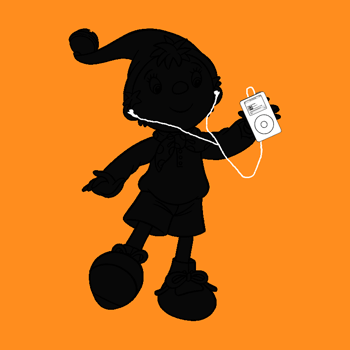Asking questions- is there a right or wrong way to go about it? Yes, this is especially true as a teacher. Why?
here are some links that show how best to do this.
http://www.edutopia.org/blog/asking-better-questions-deeper-learning-ben-johnson
http://teachingcenter.wustl.edu/strategies/Pages/asking-questions.aspx
http://www.facultyfocus.com/articles/teaching-professor-blog/three-ways-to-ask-better-questions-in-the-classroom/
http://www.youtube.com/watch?v=NFMfEVdfDys
http://cet.usc.edu/resources/teaching_learning/docs/Asking_Better_Questions.pdf
http://blogs.kqed.org/mindshift/2012/10/for-students-why-the-question-is-more-important-than-the-answer/
http://youtu.be/5uKqs3D0Z0M
here are some links that show how best to do this.
http://www.edutopia.org/blog/asking-better-questions-deeper-learning-ben-johnson
http://teachingcenter.wustl.edu/strategies/Pages/asking-questions.aspx
http://www.facultyfocus.com/articles/teaching-professor-blog/three-ways-to-ask-better-questions-in-the-classroom/
http://www.youtube.com/watch?v=NFMfEVdfDys
http://cet.usc.edu/resources/teaching_learning/docs/Asking_Better_Questions.pdf
http://blogs.kqed.org/mindshift/2012/10/for-students-why-the-question-is-more-important-than-the-answer/
http://youtu.be/5uKqs3D0Z0M
 |
| things to consider when asking questions -from-http://michelleburger.wordpress.com/page/6/ |
 |
| Students answering teacher’s question-raising hands-from-http://roshrulez.wordpress.com |
 |
| Asking questions process-from-https://www.google.com/search |
 |
| student asking teacher questions-from-https://www.google.com/search |
 |
| teacher asking questions-https://www.google.com/search |
The things to do/consider when asking questions:
- Prepare in advance when planning to ask your students questions-this will help your mind more attuned to what you are asking the students
- ask your own questions to yourself before asking your students
- consider if the question is relevant to what you want to teach
- consider if the question simply gives an answer or does it lead the students to the answer(which is what your goal should be)
- consider your goals for your questions
- consider whether or not the questions are challenging enough, too challenging or not challenging enough for your students' comprehension levels of the concept you are trying to teach
- do not assume that some students will know more than others and that some will sit silently and some will answer more during the discussion
- consider whether or not the students are going to be interested in the questions you are proposing.
- consider what your students' needs are when asking them your proposed questions.
- consider the size of your class and how they respond when asking questions-remember, every student is different. No two people are exactly the same.
- consider this question-do the questions you are proposing inspire your students to create and engage them in the learning process?
I think asking the right questions is important, because if you don't ask the question, how will you ever find the answer.










